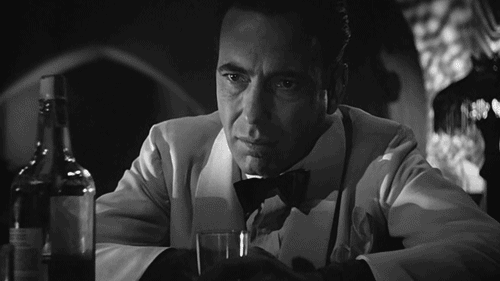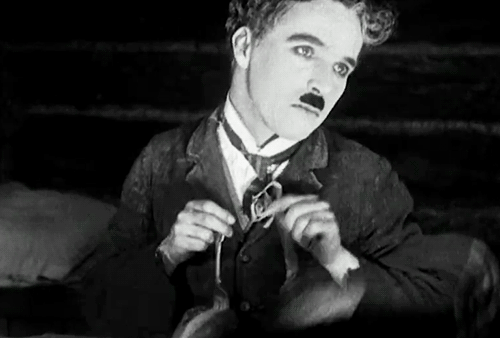Technology and communication channels may change, but great stories remain timeless
Written by:
Date:

At HDMZ, we focus on telling great stories to help brands making a difference in the world get the attention they deserve. It’s reflective of our agency’s culture, and is woven into the fabric of our DNA.
Great stories have the power to inspire, persuade, influence, entertain, build connections and bring people together. More importantly, they can withstand the test of time.
When I was a child, I looked forward to attending the opening of a new movie with my family. As time went on, however, I lost touch with the excitement of going to the theater. So, over the past year, I made it my mission to catch up with my sister, who has seen every film that won the best picture Oscar, including the very first Academy Award winner, Wings, which was produced back in 1927.
However, what started out as a “game” quickly became much more after I watched a few films. I was struck by the well-constructed storylines, and I began to grow a deeper appreciation for how they were told without all the special effects and heavy production that goes into today’s films. In short, I was transfixed.
Now, don’t get me wrong, I love big action films made magically possible, courtesy of our current technology. Yet, I was in awe of the fact that these old movies could still mesmerize without the benefit of today’s advanced special effects cinematography. But I digress.
I started my exploration with two films starring the legendary Humphry Bogart: Casablanca and The Maltese Falcon (which ushered in the film noir genre). Bogart, who represented Hollywood’s stereotypical version of a 1940s tough-talking leading man, starred in some of the greatest cinematic masterpieces of all time. And his performances in these two films, in particular, did not disappoint. It’s no wonder why he’s still considered a cultural icon and an American treasure, more than half a century after his death at the age of 57.




I then followed up these films with Alfred Hitchcock’s North by Northwest. This classic suspense thriller finds New York City ad executive Roger Thornhill (Cary Grant) being pursued by ruthless spy Phillip Vandamm (James Mason) after Thornhill is mistaken for a government agent. It features a number of iconic action sequences, including the final nail-biting scene with Mount Rushmore serving as a backdrop. Grant’s comic skills, in tandem with a complicated plot, make this film a classic that still holds up today, almost 63 years after its 1959 release.


As I went further back in time, I was intrigued by the silent movie era and how even these films could be entertaining and hold my interest without spoken dialogue. I was particularly captivated by the Charlie Chaplin films because he not only starred as the lead, but also wrote, directed and composed the accompanying music, including the classic song, “Smile,” which was based on the instrumental theme for his 1936 film, Modern Times.
The artistic control Chaplin had over his movies allowed him to bring his creative vision to life exactly as he had imagined. Many consider him to be the greatest filmmaker of all time, and I could see no argument against that position.
I was very moved by watching his masterpieces including City Lights, The Circus, The Kid, The Gold Rush and, of course, Modern Times. The power of these films resonated with movie audiences who were still coming to terms with the devastation of World War I and were desperately attempting to find their place in the post-war era. Life was hard. The stories were about struggling to survive, finding work and the next meal, beating the odds and pursuing love. Sometimes winning and other times losing.
All of this was anchored by Chaplin’s clown-like iconic character known as “The Tramp,” a hilarious everyman with whom people could identify. Interestingly, his films — particularly those from the late teens and the early 1920s — were very different from the ones produced more than a decade later during the height of the Great Depression, which emphasized “Busby Berkeley-ish” escapism. But we’ll leave that for another time.






When I began to watch these classic films, I was fixated by the fact that some of them were more than one hundred years old. Yet, that inconsequential fact quickly melted away, and I started to escape into the characters and the stories that unfolded — with plot lines that are as relevant today as they were back then.
If you have a story that connects in a compelling and meaningful way, your audience will engage and want to learn more.This is as true with old movies as it is with telling a brand’s story in the omnichannel world in which we live.
Technology and the various communication channels where we receive vital information on a daily basis will continue to evolve. But great stories endure, and have the ability to capture the hearts and minds of people. Most importantly, they can have a lasting impact. We think about this every day at HDMZ when we create memorable narratives that come in the form of a differentiated creative campaign, timely public relations, compelling content, a striking mechanism of action animation, or a dynamic enterprise website.
You may also like
All rights reserved Privacy Policy

